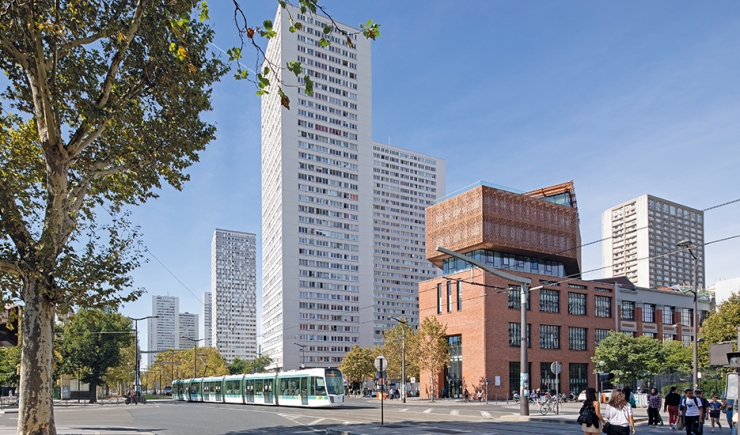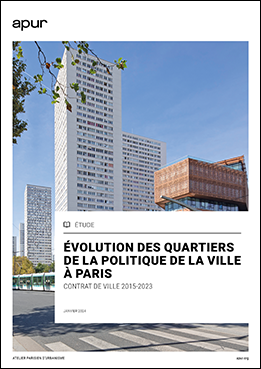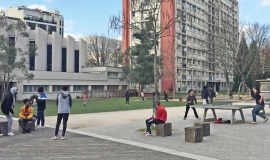The analysis presented in this study aims to assess the demographic, socio-economic and urban changes in neighbourhoods of the Paris City Urban Cohesion Policy in terms of Parisian trends.

The Paris Urbanism Agency - Apur - has for several years assisted the Government and City of Paris in their initiatives in neighbourhoods of the Paris City Urban Cohesion Policy, particularly by running the Observatory of Priority Neighbourhoods of the Paris City Urban Cohesion Policy. Since 2018, a lot of work has been done to contribute to the assessment of the 2015-2023 Paris City Contract. Some of this work, has analysed the demographic, socio-economic and urban changes in neighbourhoods of the City’s Urban Cohesion Policy, in order to put the actions carried out within the framework of the City Contract into perspective with the dynamics in these areas. In 2018, the mid-term assessment of the City Contract made analyses assessing developments in neighbourhoods. In 2023, these analyses were updated to measure recent changes in terms of Parisian trends in the context of the City Contract’s final assessment.
This document draws on data from different periods in order to understand the long-term dynamics (since 1999), over a recent period (2013-2019) and during the post-health crisis period (2020-2022).
On the whole, certain social gaps between priority neighbourhood populations and the Parisian average slightly narrowed in the recent period, between 2013 and 2019 (qualification levels, unemployment, school achievement, diversification of social housing, commercial vitality, etc.). Indicators of precariousness remained significantly higher than the Parisian average and certain issues remained the same or intensified. Over the most recent period, the analysis of available data shows a greater impact of the health crisis in priority neighbourhoods than in Paris as a whole. Since 2020, certain gaps have noticeably widened in terms of precariousness, employment and school achievement. However, despite these averages, neighbourhoods are marked by major disparities: in some the situation approaches Parisian averages while in others, on the contrary, social gaps have widened compared with the rest of the territory.
The geographical priority applicable under the 2015-2023 City Contract will undergo changes in 2024.







